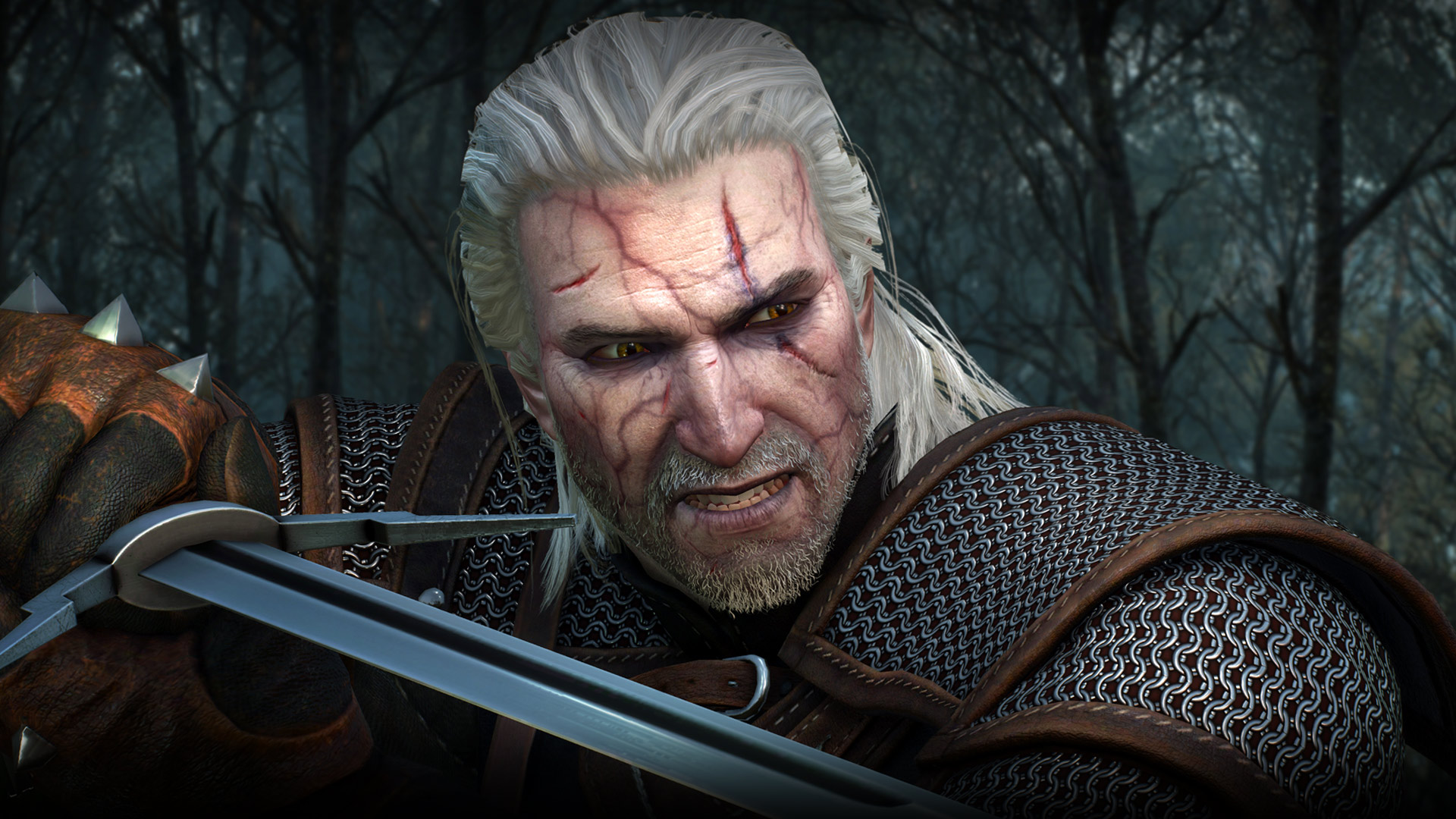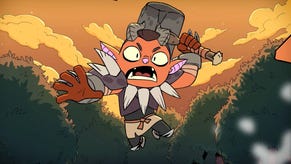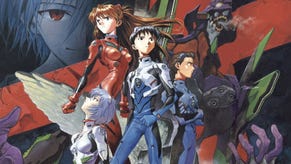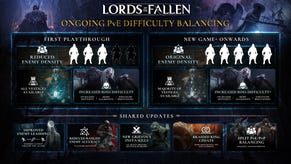The Witcher Netflix show is right to lean "more towards horror" than fantasy
When a spokesperson for the new Netflix Witcher series says they’re “definitely taking the fantasy out” of Andrzej Sapkowski’s world, it’s cause for concern.
Picture the scene: Geralt driving a sedan with R0 4CH plates through Novigrad at 4am, searching for Ciri in every pub garden and kebab shop. It’s not quite the authentic monster-hunting drama we were hoping for.
“I mean, it’s fantastical but in a grounded horror sense,” visual effects supervisor Julian Parry clarified in conversation with SFX, “I definitely think it leans more towards horror.”
With that important context, the worries start to fade. In fact, Parry’s comments suggest the show is sticking to its source material like cursed oil to a silver sword. The Witcher has always owed more to horror than fantasy. Not the schlocky Hollywood kind, but a far older form of fear, rooted in European folklore.
Remember the alps? Not the mountains, but the vampires that crop up in The Witcher 3’s Blood and Wine DLC. They share a name with a shapeshifting demon from German stories. No matter what shape the alp takes, it always wears the same daft hat, like a malevolent version of Mario in Odyssey. But there’s real, relatable terror in its tale. The alp sits on the chest of victims while they sleep, crushing them until they wake, aware but unable to move under its weight. The creature is considered an early personification of sleep paralysis - the real and often terrifying sensation that can come with a side order of hallucination.
There’s a similar medical explanation behind Noonwraiths, which you can find near the southern shore of Lake Vizima when the sun is at its peak. Born out of “heat, sadness and the sweat of ploughmen”, they force those who catch a glimpse of them to dance through the day, until exhaustion kills them. In real-world Eastern Europe, the noonwraith is called Lady Midday, or Południca, and represents sunstroke. These are monsters made to explain the mystery illnesses that plagued the people of Europe in the past.
Then there’s the Finnish utburd, or “that which is taken outside” - the abandoned children who were left in the woods to die. Denied baptism or burial, they were considered restless dead who would jump on the backs of passers-by, steering them like Left 4 Dead’s jockeys to the graveyard. Players of The Witcher 3 will already have guessed which monster they correspond to: the botchling, stillborn child of the Bloody Baron in perhaps the most memorable questline of the series.
The horror of The Witcher 3 is not only drawn from folklore, but more recent real-world history. War hangs over Velen in particular like a spectre, threatening to return and claim yet another village. CD Projekt Red depicts civilians as helpless in their own homes, praying for help in a godless realm where nobody is listening. Death, when it comes, is cruel and random. It’s the horror of innocents killed as collateral, and it comes from the studio’s own Polish history.
“We’ve a strong folk memory of World War 2,” writer Magdalena Zych told PCGamesN. “Even if it’s something we heard from our grandparents or great grandparents, we can relate to people living under foreign occupation. It’s not hard to imagine for us.”
The occupation of Poland was one of the most brutal of the war, characterised by forced labour, poor conditions and Jewish genocide - which together killed off more than a fifth of the country’s population. The Polish fared terribly under both the Nazis and the Soviets, the latter of whom chose not to recognise the Polish state.
By the time The Witcher 3 begins, Temeria has been squashed by Nilfgaardian invasion. Yet pub landlords still display the Temerian flag proudly on their walls, allowing the ghost of their country to loom large.
Of course, there’s one last source of horror in The Witcher so close to home you might not even recognise it: Geralt himself. As a witcher, he is a bogeyman, a folk tale of a child taken away and made mutant by strange experiments. Almost everything about him inspires fear: the ghoul-like pallor, the cat eyes, the reduced capacity for emotion. He is uncanny and unnerving.
The witchers are nomads not only because they chase monsters, but because they are rarely welcome for long. They are tolerated as long as they are needed. There’s a reason Kaer Morhen is a ruin, and that reason is bigotry - the peoples’ fear of the witcher school drove them to tear it down.
It makes sense, then, to adapt The Witcher as a horror story for the screen. While Andrzej Sapkowski is sometimes called the Polish Tolkien, his world points more to the terror of folklore and tragedies of European history. Like all great horror, it draws on something real and uncomfortable rather than pure imagination.






.png?width=291&height=164&fit=crop&quality=80&format=jpg&auto=webp)






